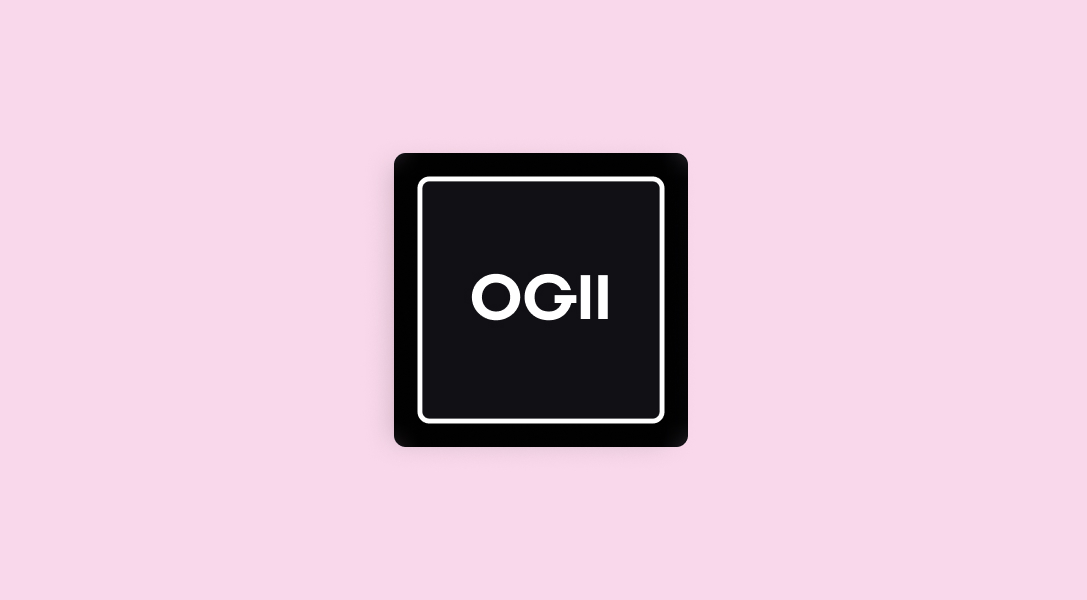Insurance can be complicated. Here we explain the case for simplicity and the new stack that makes it all possible.
Insurance is complex. It’s time to simplify it.
Simple isn’t a word that’s associated with insurance. Across the world, consumers choose from a vast array of insurance products that all appear to be the same, and yet turn out to be vastly different. And most of those products are bought and managed through call centres that require enormous teams. Teams who juggle with vast amounts of paperwork whilst navigating a patchwork of systems licensed from countless software vendors.
In fact, it’s been this way for a long time. Other than being able to obtain quotes from a brand online (c.1998), not much has changed since the 1960s. Today in 2020, the insurance industry operates via a myriad of solutions that are all trying to respond to a small set of common problems.
Over the same period, the internet, and private computer networks, have been used to create common solutions to problems in other key financial services. Visa and Mastercard have enabled us to buy almost anything, anywhere, since the 1960s. More recently, Afterpay and Klarna have made it possible to instantly obtain credit from millions of online stores. And, Transferwise has made it simple for individuals and companies to send money around the world in seconds.
To understand the problems, we created our own insurance company.
Back in 2016, we saw the opportunity for technology to simplify retail insurance. But we knew we didn’t fully understand the problem
So, we built an entire insurance business, from scratch. We started selling car and home insurance, paying claims, and dealing with all of the end-to-end administration that comes with tens of thousands of insurance policies. We learnt about the complexity of policy amendments, the confusion that customers face, the cost of human-powered compliance, and the theoretical and practical limitations of AI and other technologies to solve customer problems. We dealt with complex insurance disputes, and witnessed brazen attempts by a few unscrupulous customers to commit fraud.
We had taken a bet that most problems could be solved by technology. And we won. Our engineering and product teams had built a full-stack policy, claims and CRM platform that enabled us to consistently outperform other insurance start-ups, across the key metrics of gross loss ratio, CAC and expense ratio.
Common problems call for common solutions.
The mission we had set ourselves however, was to simplify insurance; and peak insurance simplicity can only be achieved when a wide array of products, across multiple territories, can be purchased, administered and claimed upon in exactly the same way, using the same underlying technology. At this level of interoperability, it’s easier for customers and advisors to choose the products they need, make amendments and lodge claims. And it’s easier for insurers to configure products to take to market; and it’s easier for brands and distributors to start selling and managing insurance.
This is the sort of interoperability that Visa and Mastercard provided in the payments industry as they emerged as the platforms for cooperation in the 1960s.
Today, at a rough count, there are well over 10,000 insurance companies in the world. And probably just as many policy and claims administration systems sold by software vendors. When compared with the rest of the financial services industry, insurance exhibits a stark absence of connectivity and infrastructure collaboration.
Until now. Using the experience we gained building our insurance business, teams at Open have built an entire new stack for insurance. One predicated on the idea that complex industry problems require common, scalable industry solutions.
Open is the new stack for insurance.
Today, Open is making insurance simple, for everyone, everywhere. Open APIs and apps power award-winning, end-to-end online experiences that make insurance easier for customers. Features such as Instant Claims™ and OpenPolicy™ provide customers with the confidence to buy, manage and claim online.
Open’s suite of intuitive apps makes it easy for brokers and brands to sell insurance online. With OpenBroker™, advisors can access a range of products and insurers, whilst providing world-class service to their clients. And OpenCX™ enables end-to-end online white-label experiences across the quote, buy, manage, claim and renew life-cycle with just a few lines of code.
Technology is most powerful when everyone can use it. That’s why insurance experiences that are Powered by Open™ will come with accessibility features that support vision, hearing, language and learning needs of the world’s customers.
Finally, insurers, who have made it their business to predict the future and price risk, get to focus on their core competitive advantage without the headaches of infrastructure, distribution and administration.

Open provides the foundations for safe, high velocity innovation.
Common infrastructure brings one further benefit. Simple connectivity between technology developers and insurers.
One of the most significant barriers to innovation in insurance has been the difficulty with which third-party developers and retailers can connect with insurers.
Open’s (soon to launch) public APIs make it possible for insurers, brands, brokers and third parties developers to innovate safely and securely. Interested in gaining early access to the Open developer program? Register by subscribing at the bottom of the page.
Join us!
We’re hiring at beopen.com/careers
.png)


